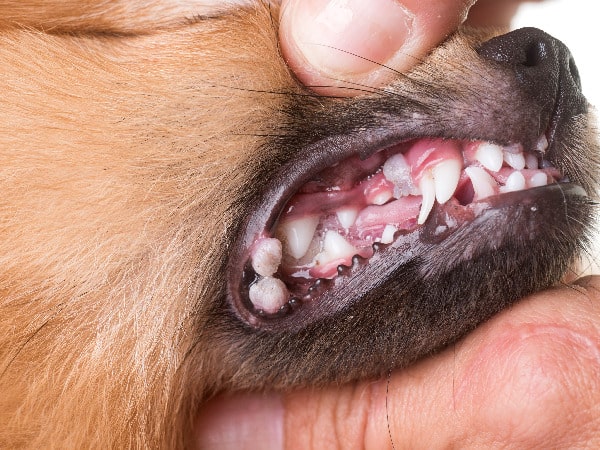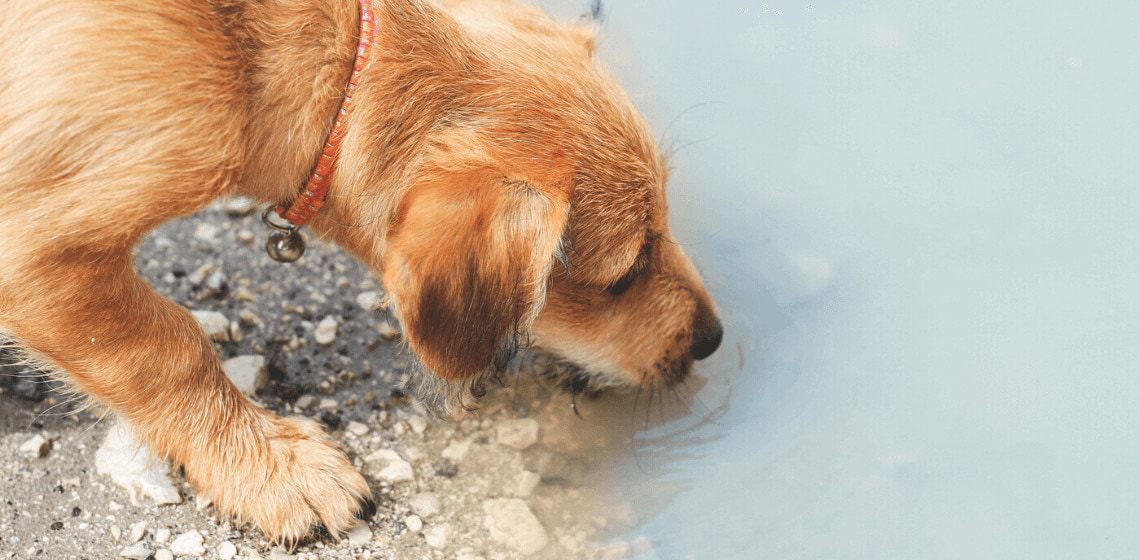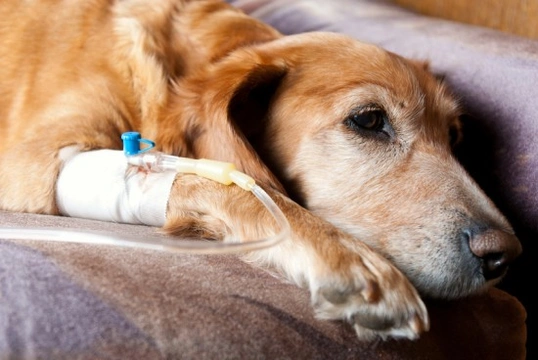Introduction:
Leptospirosis is a serious bacterial infection that can affect dogs, causing a range of symptoms from mild illness to life-threatening complications. In this comprehensive article, we will explore the treatment options available for leptospirosis in dogs. Understanding the treatment process is crucial for dog owners and veterinarians to effectively manage this disease and ensure the best possible outcome for affected dogs.
Leptospirosis in Dogs: An Overview of the Disease:
Leptospirosis is caused by the bacteria of the genus Leptospira, which can be found in the urine of infected animals and can survive in the environment for extended periods. Dogs can contract the disease through contact with contaminated water, soil, or infected animals, including rodents. Leptospirosis can lead to severe kidney and liver damage, as well as other organ dysfunction.
Diagnosing Leptospirosis:
Diagnosing leptospirosis can be challenging, as the symptoms can be similar to other diseases. A thorough veterinary examination is necessary to confirm the presence of leptospirosis. The veterinarian may conduct blood tests, urine analysis, and sometimes even perform a PCR (polymerase chain reaction) test to detect the presence of Leptospira bacteria in the dog’s body.
Treatment Options for Leptospirosis in Dogs:
Early detection and prompt treatment are crucial for managing leptospirosis in dogs. Treatment typically involves a combination of antibiotics and supportive care. Here are the key aspects of the treatment process:
- Antibiotic Therapy:
The primary treatment for leptospirosis is the administration of appropriate antibiotics, such as doxycycline or amoxicillin. These antibiotics are effective in eliminating the bacteria from the dog’s body. The duration of antibiotic treatment may vary depending on the severity of the infection and the dog’s response to treatment.
- Supportive Care:
In addition to antibiotics, supportive care is essential to manage the symptoms and complications associated with leptospirosis. This may include intravenous fluid therapy to maintain hydration, medications to control fever and pain, and nutritional support to aid in the dog’s recovery.
- Hospitalization:
Severe cases of leptospirosis may require hospitalization to closely monitor the dog’s condition and provide intensive care. This allows for more aggressive treatment, including intravenous fluids, medications, and close observation of organ function.
- Follow-up Care and Monitoring:
After the initial treatment, follow-up care is crucial to ensure the dog’s complete recovery. This may involve additional blood tests to monitor organ function and assess the effectiveness of treatment. Regular check-ups with the veterinarian are important to catch any potential complications and provide ongoing support for the dog’s overall health.
Recommended:
- Petco Review: The Power of Together
- PetSmart Review: Where Pets Inspire Us
- Hill’s Pet Nutrition Review: Pioneering Pet Health and Nutrition
- Royal Canine Review: Tailored Nutrition for Every Pet
- Chewy Review: Pet Care at Your Doorstep
Prevention and Vaccination:
Preventing leptospirosis is crucial, as the disease can be zoonotic, meaning it can spread from animals to humans. Vaccination is an effective preventive measure, and dog owners should discuss the leptospirosis vaccine with their veterinarian. Additionally, minimizing exposure to potentially contaminated water sources and practicing good hygiene can help reduce the risk of infection.
Conclusion:
Leptospirosis in dogs requires prompt diagnosis and appropriate treatment to ensure the best possible outcome. Antibiotic therapy and supportive care play a vital role in managing the disease and helping affected dogs recover. By understanding the treatment options available and taking preventive measures, dog owners can protect their pets from this potentially life-threatening infection.
References:
- Goldstein, R. E. (2018). Canine leptospirosis. Veterinary Clinics: Small Animal Practice, 48(2), 403-416.
- Greene, C. E. (2012). Leptospirosis. In Infectious Diseases of the Dog and Cat (4th ed., pp. 431-448). Elsevier Health Sciences.
- Sykes, J. E., Hartmann, K., Lunn, K. F., Moore, G. E., Stoddard, R. A., Goldstein, R. E., … & Pusterla, N. (2011). 2010 ACVIM small animal consensus statement on leptospirosis: diagnosis, epidemiology, treatment, and prevention. Journal of Veterinary Internal Medicine, 25(1), 1-13.
- World Small Animal Veterinary Association (WSAVA) Leptospirosis Working Group. (2015). WSAVA guidelines for the diagnosis and prevention of leptospirosis. Journal of Small Animal Practice, 56(4), 167-175.


